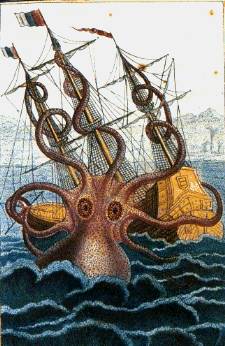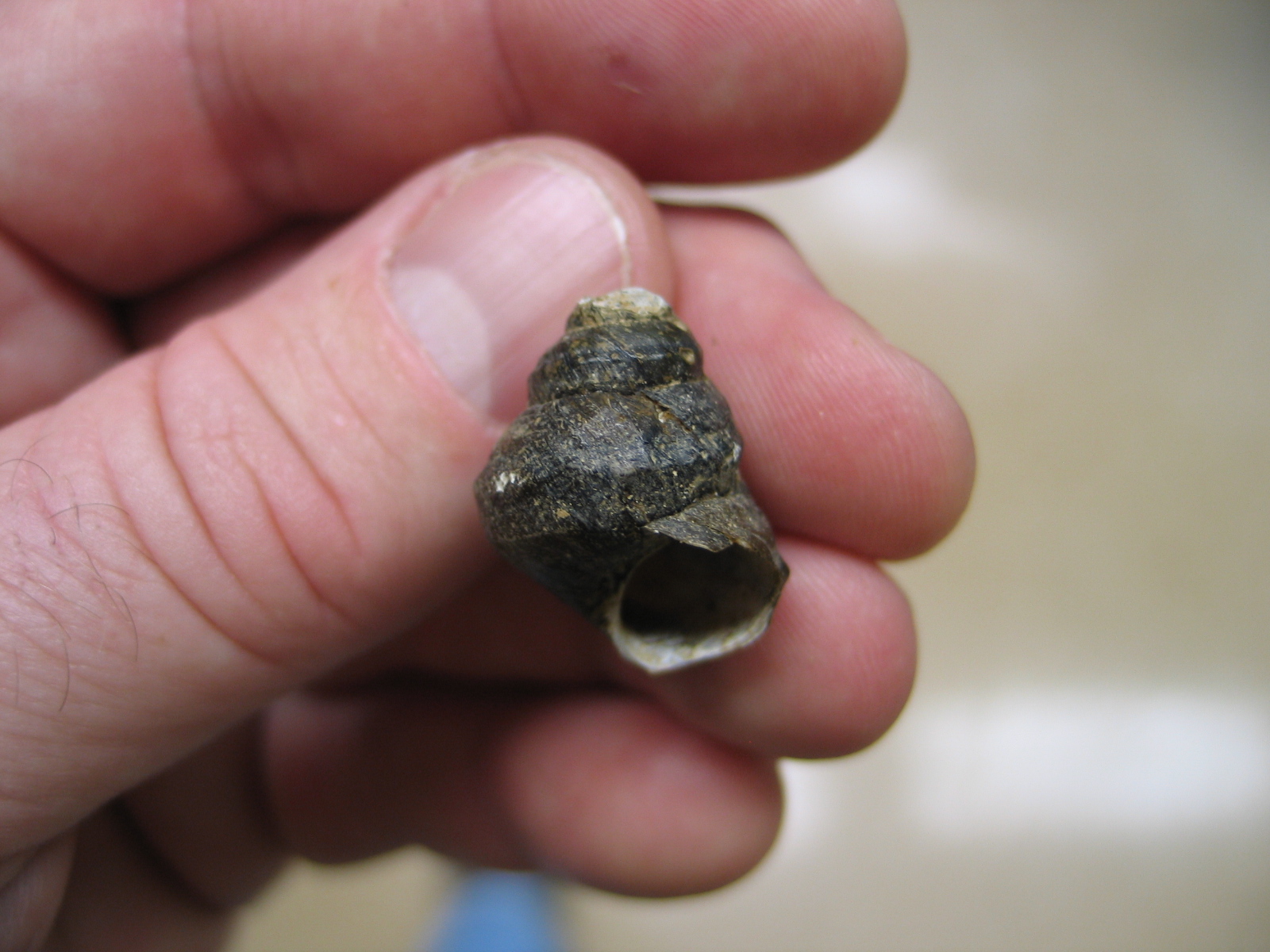|
River Snail
Viviparidae, sometimes known as the river snails or mystery snails, are a family (biology), family of large operculum (gastropod), operculate freshwater snails, Aquatic animal, aquatic gastropod mollusks. This family is classified in the informal group Architaenioglossa according to the Taxonomy of the Gastropoda (Bouchet & Rocroi, 2005), taxonomy of the Gastropoda by Bouchet & Rocroi, 2005. Distribution This family occurs nearly worldwide in temperate and tropical regions, with the exception that they are absent from South America. There are two genera of Viviparidae in Africa: ''Bellamya (gastropod), Bellamya'' and ''Neothauma''. The oldest known vivparid is ''Viviparus langtonensis'' from the Middle Jurassic of England. The oldest records from the Southern Hemisphere is from the Late Jurassic Talbragar fossil site, Talbragar fossil beds of Australia. Taxonomy The family Viviparidae contains 3 subfamilies (according to the Taxonomy of the Gastropoda (Bouchet & Rocroi, 200 ... [...More Info...] [...Related Items...] OR: [Wikipedia] [Google] [Baidu] |
Viviparus Contectus
''Viviparus contectus'', common name Lister's river snail, is a species of large, freshwater snail with an operculum and a gill, an aquatic gastropod mollusk in the family Viviparidae, the river snails. Distribution This species is palaearctic in distribution, specifically Europe and western Siberia, including: * Great Britain, specifically eastern England * Netherlands * Germany - endangered (''3 gefährdet'') * Austria * Czech Republic - near threatened (NT) Horsák M., Juřičková L., Beran L., Čejka T. & Dvořák L. (2010). "Komentovaný seznam měkkýšů zjištěných ve volné přírodě České a Slovenské republiky. nnotated list of mollusc species recorded outdoors in the Czech and Slovak Republics. ''Malacologica Bohemoslovaca'', Suppl. 1: 1-37PDF * Slovakia Slovakia (; sk, Slovensko ), officially the Slovak Republic ( sk, Slovenská republika, links=no ), is a landlocked country in Central Europe. It is bordered by Poland to the north, Ukraine to the ea ... [...More Info...] [...Related Items...] OR: [Wikipedia] [Google] [Baidu] |
Angulyagra
''Angulyagra'' is a genus of gastropods belonging to the family Viviparidae. The species of this genus are found in Southern Asia. Species: *'' Angulyagra boettgeri'' *'' Angulyagra burroughiana'' *'' Angulyagra costata'' *'' Angulyagra duchieri'' *''Angulyagra microchaetophora'' *'' Angulyagra misamisensis'' *''Angulyagra oxytropis ''Angulyagra'' is a genus of gastropods The gastropods (), commonly known as snails and slugs, belong to a large taxonomic class of invertebrates within the phylum Mollusca called Gastropoda (). This class comprises snails and slugs from salt ...'' *'' Angulyagra pagodula'' *'' Angulyagra partelloi'' *'' Angulyagra philippinensis'' *'' Angulyagra polyzonata'' *'' Angulyagra thersites'' *'' Angulyagra turritella'' *'' Angulyagra voskresenskiana'' *'' Angulyagra wilhelmi'' References Viviparidae {{Viviparidae-stub ... [...More Info...] [...Related Items...] OR: [Wikipedia] [Google] [Baidu] |
Amuropaludina
''Amuropaludina'' is a genus of freshwater snails which have a gill and an operculum, aquatic gastropod mollusks in the family Viviparidae Viviparidae, sometimes known as the river snails or mystery snails, are a family of large operculate freshwater snails, aquatic gastropod mollusks. This family is classified in the informal group Architaenioglossa according to the taxonomy ....Bouchet, P. (2014). Amuropaludina Moskvicheva, 1979. Accessed through: World Register of Marine Species at http://www.marinespecies.org/aphia.php?p=taxdetails&id=827462 on 2014-12-31 Species Species within the genus ''Amuropaludina'' include: * '' Amuropaludina chloantha'' (Bourguignat, 1860)Kantor Yu I., Vinarski M. V., Schileyko A. A. & Sysoev A. V. (published online on March 2, 2010). "Catalogue of the continental mollusks of Russia and adjacent territories"Version 2.3.1./ref> * '' Amuropaludina pachya'' (Bourguignat, 1860) * '' Amuropaludina praerosa'' (Gerstfeldt, 1859) - type specie ... [...More Info...] [...Related Items...] OR: [Wikipedia] [Google] [Baidu] |
Type Genus
In biological taxonomy, the type genus is the genus which defines a biological family and the root of the family name. Zoological nomenclature According to the International Code of Zoological Nomenclature, "The name-bearing type of a nominal family-group taxon is a nominal genus called the 'type genus'; the family-group name is based upon that of the type genus." Any family-group name must have a type genus (and any genus-group name must have a type species, but any species-group name may, but need not, have one or more type specimens). The type genus for a family-group name is also the genus that provided the stem to which was added the ending -idae (for families). :Example: The family name Formicidae has as its type genus the genus ''Formica'' Linnaeus, 1758. Botanical nomenclature In botanical nomenclature, the phrase "type genus" is used, unofficially, as a term of convenience. In the '' ICN'' this phrase has no status. The code uses type specimens for ranks up to fam ... [...More Info...] [...Related Items...] OR: [Wikipedia] [Google] [Baidu] |
Pierre Denys De Montfort
Pierre Denys de Montfort, also sometimes spelled "Pierre Dénys de Montfort", (1766–1820) was a French naturalist, in particular a malacologist, remembered today for his pioneering inquiries into the existence of the gigantic octopuses. He was inspired by a description from 1783 of an eight-metre long tentacle found in the mouth of a sperm whale. Montfort was author of ''Conchyliologie systématique, et classification méthodique de coquilles'' (2 vols., Paris 1808–1810) and of ''Histoire Naturelle Générale et Particulière des Mollusques'' (2 vols., Paris 1801–1802) published as an addendum to the comte de Buffon's '' Histoire Naturelle, générale et particulière''. He appears also to have been the author of ''Petit vocabulaire à l'usage des Français et des Alliés, renfermant les noms d'une partie des choses les plus essentielles à la vie en plusieurs langues: français, Latin, hébreu, hollandais, allemand, anglais, espagnol, italien, etc par M. Denys de Montf ... [...More Info...] [...Related Items...] OR: [Wikipedia] [Google] [Baidu] |
Viviparus
''Viviparus'', common name the river snails, is a genus of large, freshwater snails with an operculum, aquatic gastropod mollusks.Bouchet, P. (2014). Viviparus Montfort, 1810. Accessed through: World Register of Marine Species at http://www.marinespecies.org/aphia.php?p=taxdetails&id=154004 on 2014-11-13 They are primitive members of the clade Caenogastropoda. The old name of the genus was ''Paludina''. Distribution This genus is palaearctic in distribution, and is known from the Jurassic to the Recent. Species ''Viviparus'' belongs to the subfamily Viviparinae. Its taxonomy is currently under development and many of its species are often included in other related genera. It includes the following species: * † ''Viviparus achatinoides'' (Deshayes, 1838) * '' Viviparus acerosus'' (Bourguignat, 1862) * † '' Viviparus aitaiensis'' Jekelius, 1932 * † '' Viviparus alexandrieni'' Cobălcescu, 1883 * † '' Viviparus altecarinatus'' Brusina, 1874 * † '' Viviparus altu ... [...More Info...] [...Related Items...] OR: [Wikipedia] [Google] [Baidu] |
Tulotoma
''Tulotoma magnifica'', common name the Alabama live-bearing snail or tulotoma, is a species of large freshwater snail, an aquatic gastropod mollusk in the family Viviparidae. ''Tulotoma'' is a monotypic genus, in other words, this is the only species in the genus. This species was once widespread in the Coosa River- Alabama River system in Alabama, USA. It is now an endangered species. Distribution This species is endemic to the state of Alabama, United States. Description The shell of this species is large, solid, thick and imperforate. The shape of the shell is obtusely conic. The spire is elevated. The whorls A whorl ( or ) is an individual circle, oval, volution or equivalent in a whorled pattern, which consists of a spiral or multiple concentric objects (including circles, ovals and arcs). Whorls in nature File:Photograph and axial plane floral ... are flattened, nodulous and carinated. The peristome is thin and continuous. The shell can grow fairly large ... [...More Info...] [...Related Items...] OR: [Wikipedia] [Google] [Baidu] |
Rivularia (gastropod)
''Rivularia'' is a genus of freshwater snails with a gill and an operculum, aquatic gastropod mollusks in the family Viviparidae. Species in this genus is distributed only along the Xiang River region of Hunan province, People's Republic of China. Taxonomy This genus was originally placed under the subfamily Bellamyinae of Viviparidae. In 2017, a reference moved the genus to Viviparinae according to anatomical and genetic data. Species , WoRMS only recognize one species in this genus, namely '' Rivularia auriculata'' (E. von Martens, 1875), the type species of this genus. The original combinatiion is this species was '' Paludina auriculata'' . ; ''taxon inquirendum In biological classification, a ''species inquirenda'' is a species of doubtful identity requiring further investigation. The use of the term in English-language biological literature dates back to at least the early nineteenth century. The term t ...'' * ''Rivularia bicarinata'' * ''Rivularia calcarata'' ... [...More Info...] [...Related Items...] OR: [Wikipedia] [Google] [Baidu] |
Kosovia
''Bulinus'' is a genus of small tropical freshwater snails, aquatic gastropod mollusks in the family Bulinidae, the ramshorn snails and their allies. MolluscaBase eds. (2020). MolluscaBase. Bulinus O. F. Müller, 1781. Accessed through: World Register of Marine Species at: http://www.marinespecies.org/aphia.php?p=taxdetails&id=224352 on 2020-06-27 This genus is medically important because several species of ''Bulinus'' function as intermediate hosts for the schistosomiasis blood fluke. Taxonomy Miocene genus ''Kosovia'' was synonymized ''Bulinus'' in 2017. Distribution These snails are widespread in Africa including Madagascar and the Middle East. This genus has not yet become established in the USA, but it is considered to represent a potentially serious threat as a pest, an invasive species which could negatively affect agriculture, natural ecosystems, human health or commerce. Therefore it has been suggested that this species be given top national quarantine significance ... [...More Info...] [...Related Items...] OR: [Wikipedia] [Google] [Baidu] |



